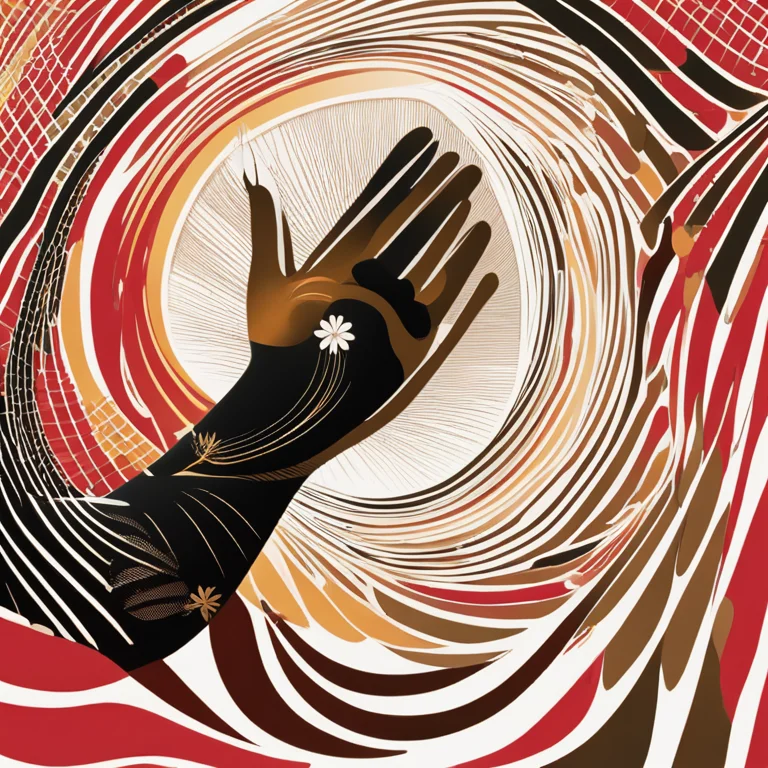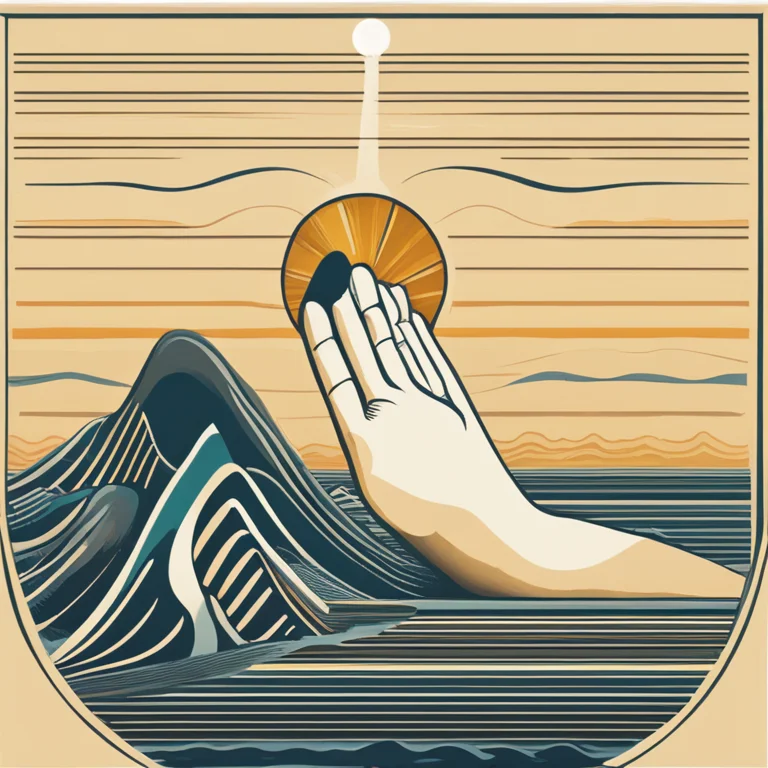
The Science Behind Palm Lines: Insights into Chiromancy
Discover the fascinating world of palmistry as we delve into the science and mythology behind the lines on your palm, and what they may reveal about your personality and future.
article by Nora Pennington
Palmistry: A Blend of Science and Myth
Palmistry, also known as chiromancy, is an ancient practice that touches the borders of science and the realms of mythology. As we dive into the modern interpretations of palm lines, it's essential to acknowledge the rich tapestry of history that this discipline carries. Founded on the belief that one's palms are a roadmap to their character and destiny, palmistry has been both revered and debated by scholars and skeptics alike. While today's scientific community often regards it as a pseudoscience, the fascination with palm lines continues, marrying traditional beliefs with contemporary psychological insights.

The Heart Line: Emotional Blueprint
Frequently perceived as the most telling, the heart line arcs across the top of the palm, reflecting one's emotional landscape. An unbroken, deep line suggests a balanced emotional life, whereas a fragmented or wavering line might indicate various emotional trials. In the context of newer psychological studies, some suggest that the heart line could mirror our emotional responses and coping mechanisms, serving more as a narrative of our experiences rather than a predictor of future relationships.

The Head Line: Intellectual Waves
Carving a path below the heart line, the head line represents your intellectual tendencies and cognitive style. A straight line speaks to a practical and structured thinker, while a curved line hints at creativity and spontaneity. While there is no empirical evidence to back the precision of such claims, contemporary palmists often correlate these interpretations with personality profiling practices, offering a symbolic reflection of one's thought processes.

The Life Line: Vitality's Chronicle
Contrary to popular myth, the life line does not predict the length of one's life but is said to reflect one's vitality and zest. A strong, deep life line is commonly associated with robust health and vigor, while a faint or broken line might suggest fatigue or adversity. Modern advocates of palmistry suggest that this line could speak to an individual's general well-being or lifestyle habits, rather than determining their lifespan.

Fate Line: The Path to Destiny
The fate line, also called the destiny line, is often seen as a marker of one’s career path and life direction. Not everyone has a prominent fate line, which in itself is interpreted as indicative of a life less bound by convention. For those who do have a fate line, its depth, length, and intersections offer insights into career successes, changes, and obstacles. While skeptical researchers dismiss these interpretations, some modern palmists align them with one's work ethic and attitude towards career progression.
Scientific Scrutiny and Skepticism
Despite its widespread cultural presence, palmistry has not passed the rigorous tests of the scientific method. Critics argue that any accurate predictions or insights are due to cold reading—generalizations and high-probability guessing—rather than any discernible links between palm lines and personal details. Nevertheless, palmistry remains a topic of interest, even among those who enjoy it as a form of entertainment, self-reflection, or a starting point for introspective conversations.
Published: 1/10/2024
Modified: 1/10/2024
More predictions
Come back here soon to learn more about yourself and your future


The Intricacies of Palm Reading: A Guide to Palmistry
Delve into the ancient art of palm reading with our comprehensive guide that reveals the secrets hidden in the lines of your hands.


The Mysterious World of Hand Analysis
Delve into the mysteries of hand analysis and discover what your palms can reveal about your personality and future.


Guide to Palmistry: Interpreting Your Palm Lines
Discover the ancient art of palmistry with our comprehensive guide to reading and interpreting the lines on your palms.